Best MGB I Have Ever Seen
Table of Contents
Best MGB I Have Ever Seen
Best MGB I Have Ever Seen
I could not believe my eyes when we were presented with this beautiful MGB sport car for its MOT test. So, I am just going to show the images that we took so that you can see for yourself how nice this car is.
The MGB was a very sought-after car in the sixties and seventies
In my opinion was one of the signs that you were doing better in life if you owned one, I had the poor relation the MG Midget. I remember working for a Dunlop tyres subsidiary at the time and the MG was fitted with 165×14 Mainly Pirelli Cinturato textile radials. The guys who owned them (it was a man’s car and not many females owned one) were mainly self-employed builders and architects, this was the car for them.
Of course, the fascinating thing to me is. So, out of the 387,000 cars produced, 90% were sold in America. Consequently, they were as popular as they were in the UK. Subsequently, these cars were built from 1962 until the last car in 1980. Hence, the first MGB GT versions rolled off the production line in 1965. As a result, by the end, over 125,000 of these splendid cars had been built. Of course, with about a third going for export.
The MGB became the world’s top-selling sports car: Best MGB I Have Ever Seen
Selling well over half a million cars. Therefore, it was the bestselling British sports car of all time. So, by this time, the cars were fitted with more of the Dunlop tyre products. Working for a Dunlop subsidiary. Thus, we had more and more of these excellent sports cars entering our auto centre. Of course, for tyres and car servicing.
Over the years, the MGB has retained its popularity. Even now, in 2014, there are many companies making and selling spare parts. You can even buy full-body shells. Hence, full-body shells were launched by British Motor Heritage back in 1988. Lastly, the shell was also used to produce the MG RV 8 in 1992.
The Rise and Fall of the MGB Sports Car in the UK Introduction:
Picture yourself cruising down the picturesque British countryside in a classic sports car, the wind tousling your hair as you take in the scenic beauty. Chances are, the image that comes to mind might be that of the iconic MGB sports car. In this article, we’ll take a journey through time to explore the rise and fall of the MGB sports car in the United Kingdom, blending in a bit of local flavour to keep things interesting.
The Rise:
The 1960s were an exciting time for the British automotive industry, and the MGB played a pivotal role in this era of motoring history. Introduced in 1962 by the British automaker MG (Morris Garages), the MGB quickly became a symbol of British sports car excellence.
Its sleek and timeless design, featuring those iconic chrome bumpers, captured the hearts of many. Local Touch: The MGB was a common sight on the roads of the UK during the ’60s and ’70s. It became a symbol of British motoring prowess and was embraced by car enthusiasts from all corners of the country.
The Popularity Soars:
The MGB’s appeal extended far beyond the UK’s borders. It found itself a fan base across the globe, making it a popular export. Its combination of affordability, style, and performance made it a true contender in the sports car market.
Local Touch: Many MGBs were exported to the United States, where they found an eager audience, further boosting their popularity. The Fall: However, as time marched on, the MGB faced challenges that eventually led to its decline.
Emission Regulations: In the 1970s, stricter emission regulations came into play, which posed a challenge for the MGB’s older engine technology. Modifications were needed to meet these new standards, and it affected the car’s performance. Local Touch: The UK also implemented these regulations, affecting the MGBs that remained on British roads.
Competition: Best MGB I Have Ever Seen
The sports car market became increasingly competitive, with new entrants offering modern features and designs. The MGB, with its classic charm, struggled to keep up. Local Touch:
British car enthusiasts had more options to choose from, including foreign competitors. Financial Woes: MG faced financial troubles and changing ownership, which impacted the company’s ability to invest in updating the MGB. Local Touch:
The uncertainty around the brand’s future affected the confidence of UK buyers. Conclusion: The rise and fall of the MGB sports car in the UK is a tale of a beloved classic facing the winds of change. While the
MGB’s production eventually came to an end in 1980, Best MGB I Have Ever Seen
its legacy lives on in the hearts of car enthusiasts, both in the UK and around the world. Local Touch: Today, you can still spot a well-maintained MGB on the roads of the UK, especially at classic car shows and local gatherings.
It’s a reminder of a bygone era of British motoring that will forever hold a special place in our hearts. So, as you take that imaginary ride through the British countryside, remember the MGB, a timeless icon of the UK’s automotive heritage.
Consequently, the technical details are as follows:
Tyres size: 165×14 and later 185x60x14 or 15 inch with alloys
Engine: 4 cylinder in line
Capacity: 1,798 cc
Bore & Stroke: 80.26mm x 88.9mm
Valve operation: overhead operated by tappets, push-rods, and rockers.
No of bearings: 5 main
Power output: 97 bhp at 5,500 rpm
Maximum torque: 105lb/ft at 2,500 rpm
Compression ratio: 9.0:1
Carburation: Twin SU’s
Clutch: Single dry plate
Suspension: front; coil and wishbone; rear; live axle with semi-elliptic leaf springs.
Dampers: Armstrong lever arm front & rear
Steering: Rack and pinion
Brakes: hydraulic with servo assistance. Front; 10.75″ dia disc. Rear; 10″ dia drum
Maximum speed: 104 mph
Acceleration: 0-60 mph: 13.0 secs
Fuel consumption: 25 mpg.
Of course, the facts were courtesy of …mgownersclub.co.uk/mgb-gt
- Ford Focus Clutch: Diesel TDi 2004
- Car batteries-Cold weather
- Citroen C3 For Starting Problem
- Punctured Tyre
- Bridgestone Run Flat
.
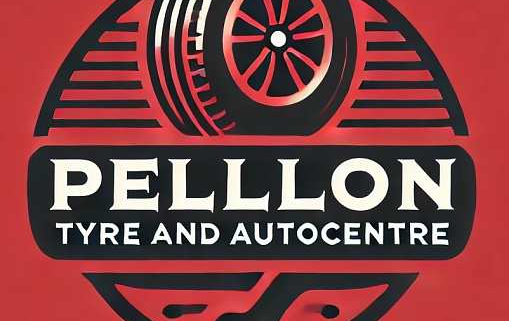
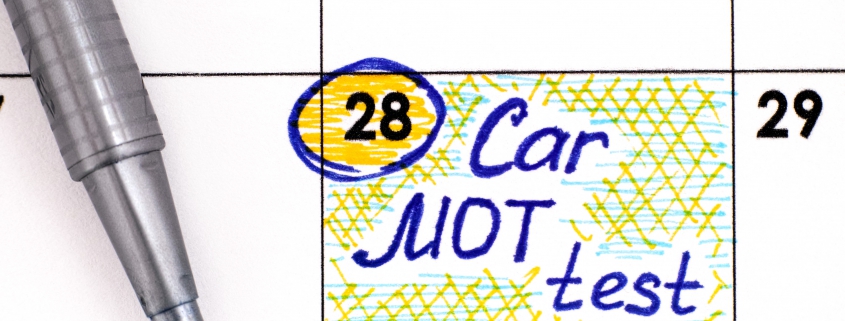
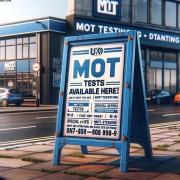
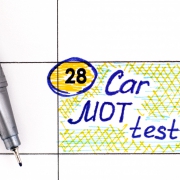
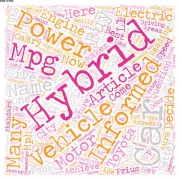
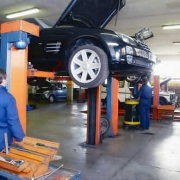
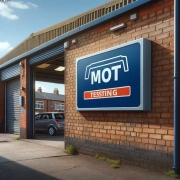

Comments are closed.